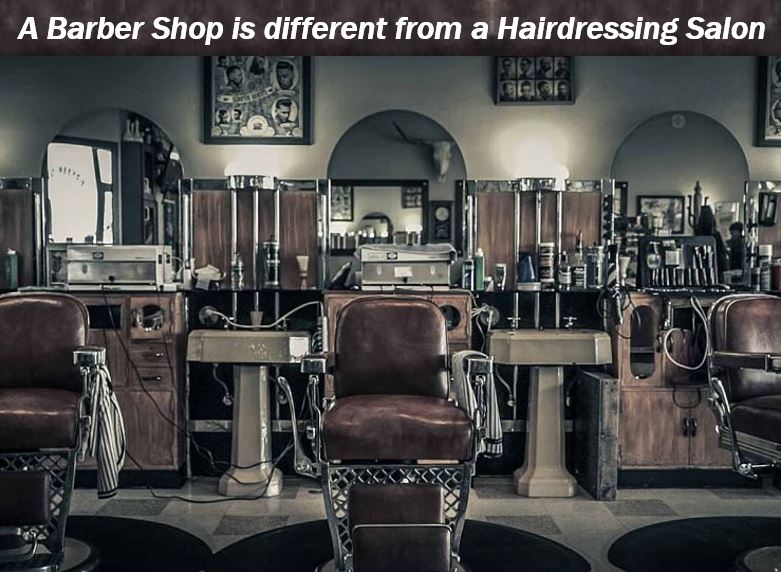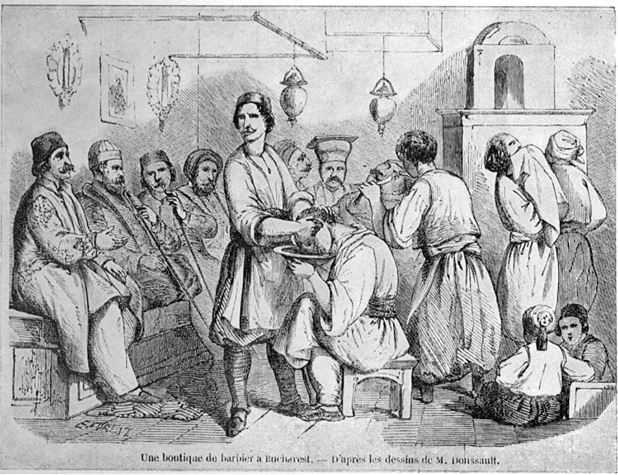
Barber shops are places where barbers work. A barber is a person, typically a man but not always, who cuts men’s and boys’ hair. Barbers also shave and trim bears.
There are three ways we can write the term: 1. Barber shop. 2. Barber’s shop. 3. Barbershop. The first and third examples are the most common.
Market Research
Before even thinking about setting up your own shop, you need to carry out market research to make sure there is a demand for your service. If your local area is saturated with hairdressing salons and barber shops, you will need to focus on other parts of your town, or perhaps even a different city.
When you start doing market research, it’s important to look at, analyze, and think about the performance of barber shops near you. Consider what each barber shop does right and wrong, how you envision your own business to look, and take the best features of different locations to create a stronger product/service.
Become a barber first
Before opening your own barber shop, you need to become a barber. License requirements regarding opening your own shop or working unsupervised vary considerably from country to country.
As a profession, barbering can be a rewarding and lucrative profession. Since the end of the last century, it has become increasingly popular.

United States
Becoming a barber in the US, unlike many other trades and professions, does not require many years of schooling.
You will need to pass your GED or high school diploma. Licensing agencies will ask for proof that you successfully completed high school.
The best way to find out whether you are cut out for cutting people’s hair and trimming their beards is to try it out. Interning with a professional barber is the best way to do that. You will not earn much, but the experience is worth it.
To get a proper barber’s license, you must complete a formal training program where you learn how to cut, style, shape, and color hair. You will also learn about federal and state laws, safety and sanitation requirements, and good shop practices.
You may apply for a license as soon as you have completed the barber program.
According to USA Today:
“The barber requirements vary from state to state but in many states, you’ll have to take an exam. But don’t worry, if you paid attention in class this exam should be a breeze!”
United Kingdom
In the UK, you have to complete a barber apprenticeship program, which takes from 15 to 18 months. The program includes a combination of on-the-job and off-the-job training. In other words, you work at a barber shop and also attend classes.
According to The London Hairdressing Apprenticeship Academy (LHAA), students must successfully complete and pass the following:
- The Diploma for Hair Professionals (Barbering).
- Functional Skills qualifications in math and English. If you have GCSE A* to C, you are exempt from functional skills.
Apprenticeship programs are funded by the government. Additionally, students earn a salary during their on-the-job training. Therefore, unlike many other courses, there is no student debt after qualifying. Students must pay for their barbering kit.
Regarding the type of people who may consider a career in barbering, LHAA writes:
“Barbering is a fast moving, image conscious business, so you will need to be very presentable, creative, enjoy meeting people and have plenty of energy.”
“You don’t have to be extremely academic and there is no set entry criteria for the barbering apprenticeship.”
Setting up your own barber shop
Opening your own barber shop is a major undertaking that requires capital, dedication, and enormous sacrifice. However, if barbering is your passion, it can be a satisfying and financially rewarding business.
You need to find out what the requirements are in your country, state/county/region, and town.
If you need capital (money), you can:
- Apply to your bank for a loan.
- Ask a relative whether they can lend you money.
- Ask a friend whether they can lend you money.
- Use your savings.
Banks will need to see a business plan. You need to make sure it defines what you aim to achieve and how you plan to achieve it.
According to Barclays, a major British bank:
“It’s important that you define what type of small business you are so that everyone you work with understands what you’re trying to achieve. A comprehensive business plan is the best way to go about defining your business.”
You should include the following in your business plan:
- What type of business you want to set up.
- What products or services you will be providing.
- How your customers will purchase or access your goods or services. For example, will they pay for them online, by phone, or physically in a shop?
- How you plan to approach pricing.
- You goals and objectives. Include both long- and short-term ones. Most banks will want you to include benchmarks or milestones. Your goal is where you want to be, while your objective is how you plan to get there.
Select a name for your barber shop that is both easy to pronounce and remember, and also reflects the image you wish to project in the marketplace. You could carry out a survey, i.e., ask members of the public what they think of a list of names.
When you have chosen a name for your business, you need to make sure that it is not already registered.
What about franchising?
Franchising makes it possible for you to own your own business but take advantage of all the benefits of established branding, knowhow, support, and business models that have been tried and tested.
In the world of barbering, most franchisors have their own training schools and academies.

